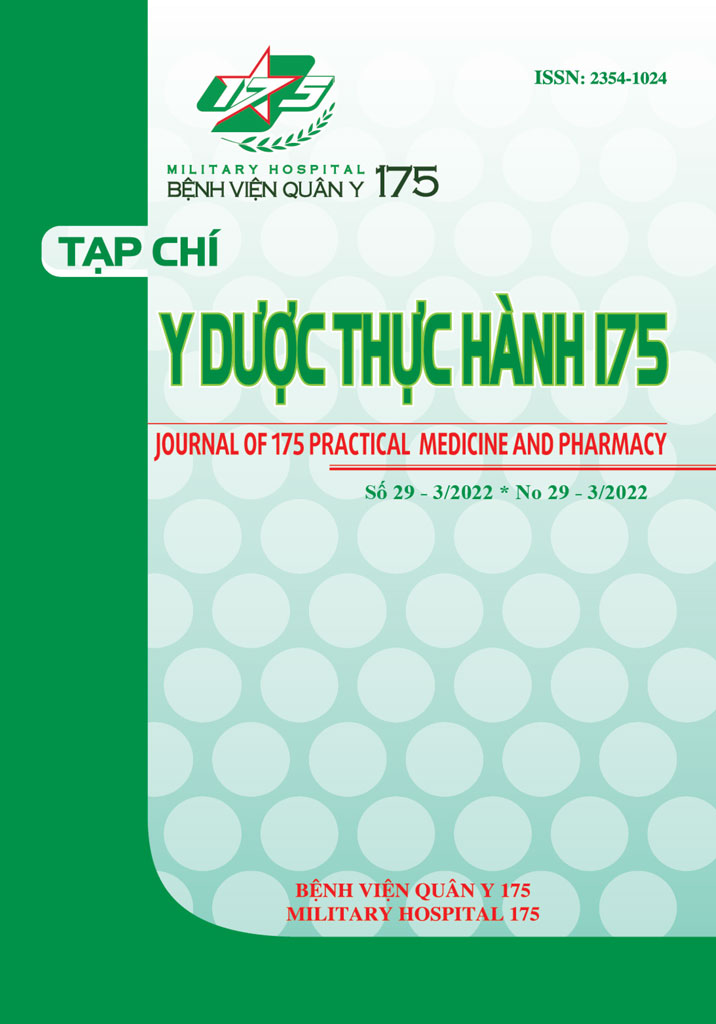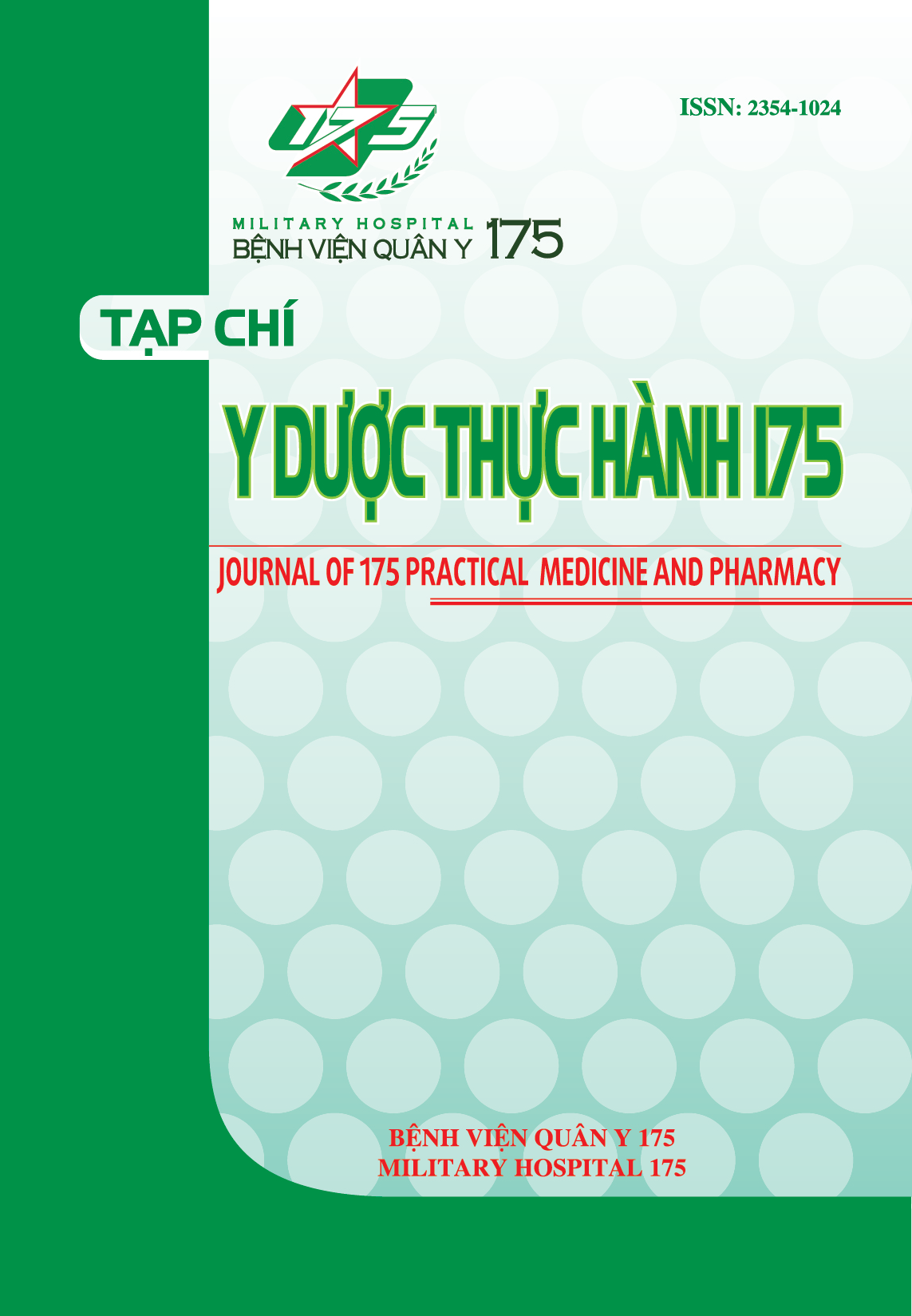CAN THIỆP NỘI MẠCH ≤24 GIỜ ĐIỀU TRỊ XUẤT HUYẾT DƯỚI NHỆN DO VỠ PHÌNH ĐỘNG MẠCH NÃO
Authors
DOI: https://doi.org/10.59354/ydth175.2022.12Keywords:
endovascular intervention ≤24 hours, endovascular intervention >24 hours, aneurysmal subarachnoid hemorrhageReferences
Phạm Minh Thông, Vũ Đăng Lưu (2004), Những kết quả ban đầu điều trị phình động mạch não bằng nút mạch, Tạp chí Y học Việt Nam, số 301: tr.217- 221.
Ali AMI, Ashmawy GAHD, Eassa AYE, Mansour OY (2016), Hyperacute versus Subacute Coiling of Aneurysmal Subarachnoid Hemorrhage a Short-term Outcome and Single-Center Experience, Pilot Study, Frontiers in Neurology 7:79, Published online: 16 June 2016.
Connolly ES, Jr, Rabinstein AA, Carhuapoma JR, Derdeyn CP, Dion J, Higashida RT, et al (2012), Guidelines for the management of aneurysmal subarachnoid hemorrhage: a guideline for healthcare professionals from the American Heart Association/American Stroke Association, Stroke, 43: pp.1711- 1737.
Gu DQ, Zhang Z, Luo B, Long XA, Duan CZ (2012), Impact of ultra-early coiling on clinical outcome after aneurysmal subarachnoid hemorrhage in elderly patients, Acad Radiol, 19: pp.3-7.
Phillips TJ, Dowling RJ, Yan B, Laidlaw JD, Mitchell PJ (2011), Does treatment of ruptured intracranial aneurysms within 24h improve clinical outcome? Stroke, 42: pp.1936-1945.
Rawal S, Alcaide-Leon P, Macdonald RL, et al (2017), Meta-analysis of timing of endovascular aneurysm treatment in subarachnoid haemorrhage: inconsistent results of early treatment within 1 day, J Neurol Neurosurg Psychiatry, 88: pp.241-248.
Sandstrom N, Yan B, Dowling R, et al (2013), Comparison of microsurgery and endovascular treatment on clinical outcome following poor-grade subarachnoid hemorrhage, J Clin Neurosci, 20: pp.1213-1218.
Stienen MN, Germans M, Burkhardt JK, Neidert MC, et al (2018), Predictors of in-hospital death after aneurysmal subarachnoid hemorrhage: analysis of a nationwide database (Swiss SOS [Swiss Study on Aneurysmal Subarachnoid Hemorrhage]), Stroke, 49: pp.333-340.
Downloads
PDF Downloaded: 66










